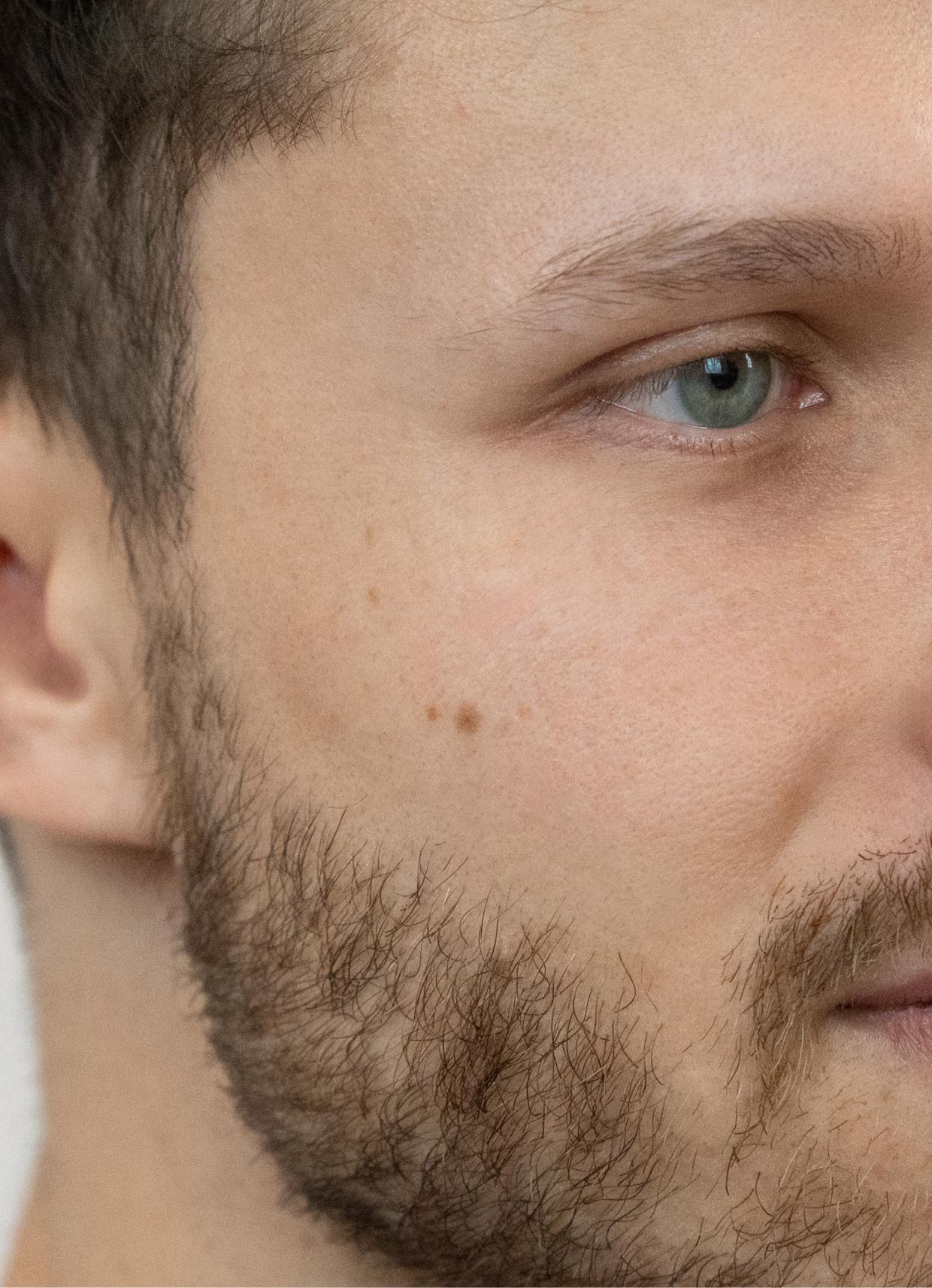During cosmetic surgery, you may need to be anesthetized more or less deeply, depending on the type of procedure and your medical history. Anesthesia is chosen in consultation with you and your surgeon. A pre-anaesthetic visit is sometimes necessary. For all anaesthesia procedures, it is recommended to fast, i.e. not to eat for 6 hours before the operation. The anaesthetist can refuse a patient who has not followed this instruction. Communication and trust are key from the very first contact with your surgeon, because it's by working together that risks can be neutralized.
General anaesthesia
In general anaesthesia, the patient is completely unconscious, asleep and insensitive to pain. the anesthetist meticulously controls and monitors breathing.
For longer procedures, we prefer this type of anesthesia, as it provides a higher level of comfort.
Sedation anaesthesia
Sedation provides deep anaesthesia while leaving the person conscious to verbal and tactile stimuli. The patient can relax without worrying about pain. This method avoids the need for intubation and the side effects of general anesthesia.
Locoregional anesthesia
Locoregional anesthesia refers to the numbing or loss of sensation in a specific area of the body using local anesthetics. The patient remains conscious during the procedure, but feels no pain in the anaesthetized area.
